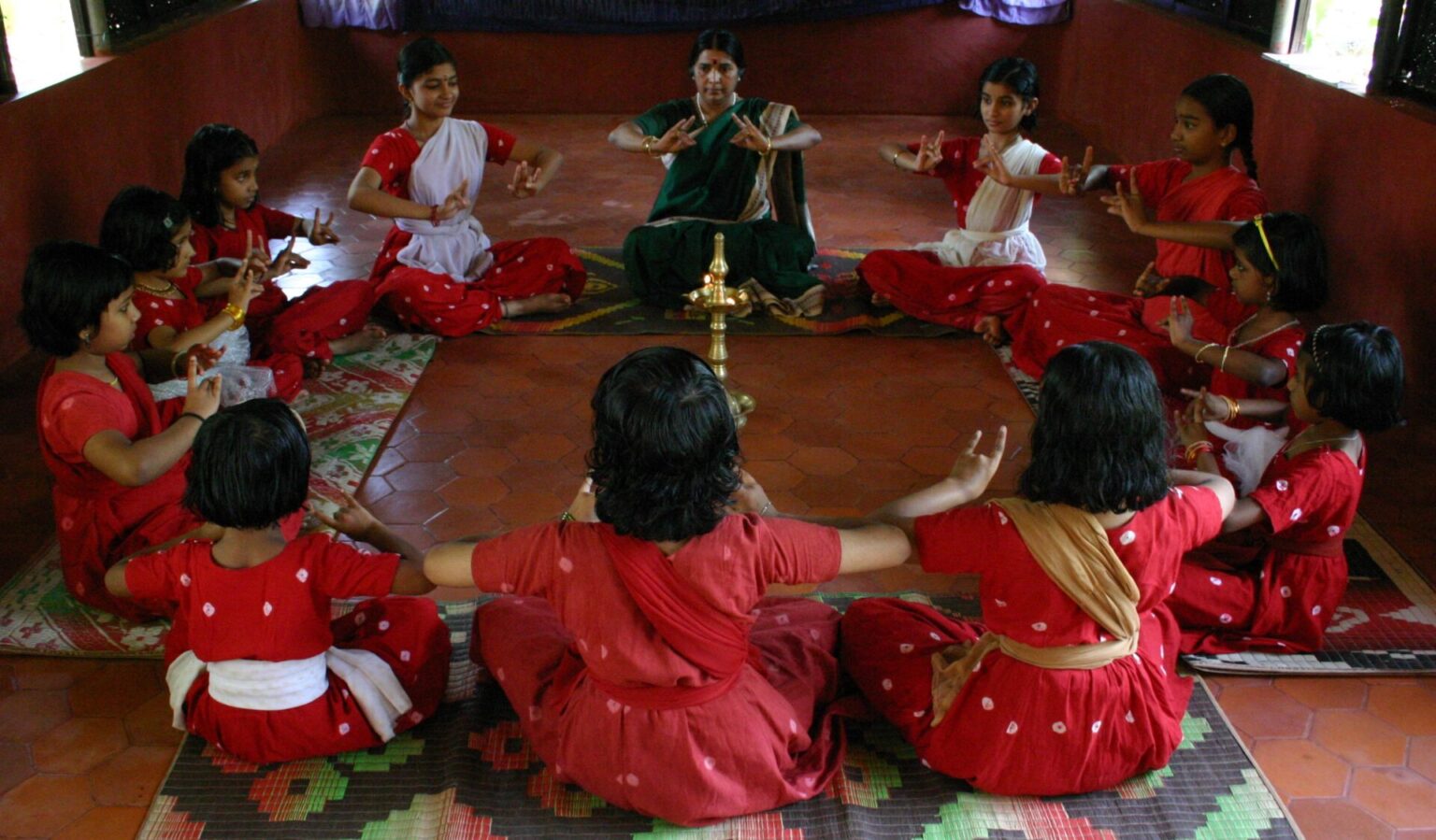Hand gestures or mudras have deeper meanings and aesthetic significance across cultures, traditions and art forms
People have been using hand gestures for communication naturally across cultures. Signs and symbols produced by movement of fingers are unknowingly used when most people engage in a conversation. Those gestures communicate the mood and emotion of the speaker and are used to convey intricate messages often accepted across the globe. For instance, clapping the hands by a group of people carries the specific meaning of appreciation after a performance or a talk.
Hand gestures used in dance are a natural extension used for communication. Communication and enhancement of messages conveyed is the fundamental purpose of hand gestures in dance.
Hand gesture in Mohiniyattam is referred as Mudra or Hasta. The term Mudra has several connotations. There are Mudras to communicate a meaning, to transmit a message, or for a symbolic expression. It can also be used to give a visual form for an invisible or abstract object or form. The usage of Mudra and Hasta are interchangeable although they differ in their meaning contextually. In Sanskrit, the term Sanketam (symbol), Ingitham (intuition), Angavikshepam (gesture), Soochana (hint), Abhinaya (acting) are all related to Mudra and Hasta.
In Tamil works such as Panchamarapu and Cilappathikaram, kai (hand) is used to indicate hasta or a mudra. For example, it is explained in the chapter Arangettam that the dancer Madhavi used Pindi (single hand), Piniyal (joint hands) Ezhirkkai and Thozhirkai in her debut performance. Here, Ezhirkai indicate the use of hand gestures that are part of ‘pure dance’ or Nritha and these gestures don’t carry an objective meaning. However, Thozhirkai refers to the use of Mudra to communicate a specific meaning as part of the Abhinaya.
In dance dramas, hand gestures are referred to by various names like Mudra, Kaimudra, Kai, Hasta, Hastamudra, Kaikattu, Nerkkaikattu, etc. Mohiniyattam gurus use the term Kai Kattu (showing the hands), Ner Kai Kattu (showing the direct Mudra) while training students in the dance studio (Kalari).
Veda Mudra
The origin of intricate hand gestures in dance and theatre traditions that had historical affiliation to rituals could be traced back to the vedic traditions. For thousands of years, mudra gestures have been used as part of the traditional reciting of Vedic scriptures. Special swaras or notes were used while reciting the Vedas especially in Kerala. It is a system where markings in the fingers are relied on for the rendition of these notes. The positions on the fingers were identified using different names. For example:
Udath: the middle line of the index finger
Anudatha: the first line of the index finger
Swaritha: the middle line of the ring finger
Prachya: the last line of the middle finger
In order to avoid errors while reciting Vedas these points are touched using the thumb and the fingers resulting in various distinct Mudra that accompany the recital. These are known as the Veda Mudra.
Thus, Mudra usage is an ocean of knowledge, and it is used in various fields. In the next article, we will discuss Mudra usages in the field of Mohiniyattam.
Assisted by Sreekanth Janardhanan
Write to us at editor@indiaartreview.com

